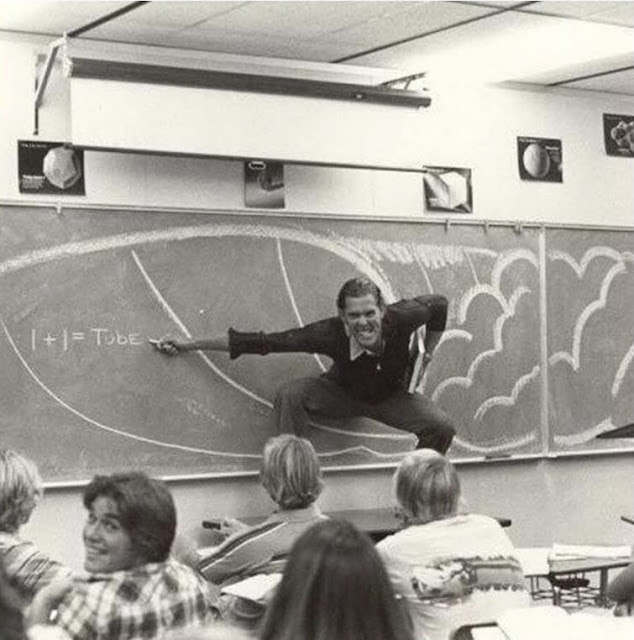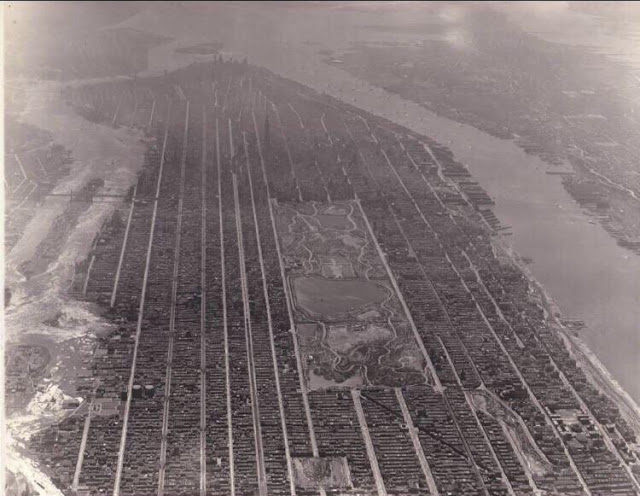Orchestra conductor and pianist; Avas born at Darmstadt, Bavaria. At Heidelberg and Leipsic he studied philosophy, graduating from the University in Leipsic, studied at the Conservatory for three years, making his musical debut in 1880 as a pianist in the Gewandhaus. He was conductor at Zurich, Salzburg, Briinn, and in 1886 at Gratz. He was director of Neumann’s Traveling Opera Company, and in 1892 at Berlin became conductor of the Royal Opera until 1906, then came to America to conduct the Boston Symphony concerts. In 1899 he conducted German Opera at Covent Garden, and in 1902 he conducted at the Bayreuth Festival.
Monday 16 October 2023
Thursday 25 May 2023
Levi's jeans dating back to the 1880s
Discovered in an abandoned mine in New Mexico, a set of Levi's jeans dating back to the 1880s were recently sold at an auction for $87,000. These jeans bear wax marks on the legs, a testament to the original owner's toil by candlelight. With a waist measuring 38 inches and a length of 32, denim historian Michael Harris stumbled upon them in the mine. These pants would have been worn during the gold rush period, and Harris vividly described their condition.
Monday 6 February 2023
Winston Churchill ‘Operation Unthinkable’ to attack the Soviet Union after WW2
In the spring of 1945, Winston Churchill ordered his Chiefs of Staff to draft, ‘Operation Unthinkable’ to attack the Soviet Union after WW2 ended. "Operation Unthinkable" was indeed a plan drafted by the British military during World War II, in the spring of 1945. However, he was not ordered by Winston Churchill specifically to attack the Soviet Union after the war ended.
Operation Unthinkable was a contingency plan for a possible conflict with the Soviet Union, in the event that the Soviet Union did not withdraw its forces from Eastern Europe, as they had agreed to do at the Yalta Conference. The plan was meant to be used as a last resort if all diplomatic efforts to resolve the issue failed.
It should be noted that Churchill himself did not support the plan and did not actively promote it. He saw it more as a theoretical exercise than a real plan of action. In fact, he described the plan as "unthinkable" and it was never actually put into action.
In conclusion, while Operation Unthinkable was a plan drafted by the British military during World War II, it was not ordered Churchill to attack the Soviet Union after the war ended, and Churchill himself did not support it. The plan was a contingency plan for a possible conflict with the Soviet Union, in the event of a breakdown in diplomacy.
Monday 21 November 2022
Late 1930s, Marine Drive, the Queen's Necklace
By the mid-1930s, the city had expanded extensively into the newly developed suburbs. Bombay was thus beginning to spread outward in a northerly direction as well as intensify around the core area of the central business district. This intensification was also evident in the form of higher buildings; facilitated by the use of newly introduced construction materials such as reinforced cement concrete (RCC) and ferroconcrete. The modern era had dawned in Bombay.
Coincidentally, around the time of the building boom in the city, an innovative architectural style known as Art Deco percolated through to India from Europe and the USA and manifested itself in Bombay. In many ways, this unique style became symbolic of the last burst of westernization that engulfed the city before India gained independence in the following decade.
A unique combination of factors led to the popular adaptation of Art Deco in Bombay. Tourism and travel had made rapid strides in the period between the two World Wars, resulting in a continuing stream of visitors to Bombay. Many touring European ballets, opera, theatrical and musical troupes were presented at the new hotels and theatres and brought a touch of glamour and new forms of entertainment to the city.
The upper classes and the business community of entrepreneurs and managers happily imbibed contemporary trends in western culture to create a bon vivant lifestyle that symbolized gaiety and color and encompassed western cuisine, dress, ballroom dancing, jazz, cabarets, horse racing, and cinema. The social and cultural ambiance in Bombay was thus suitably conducive to the introduction of Art Deco interiors and architecture.














